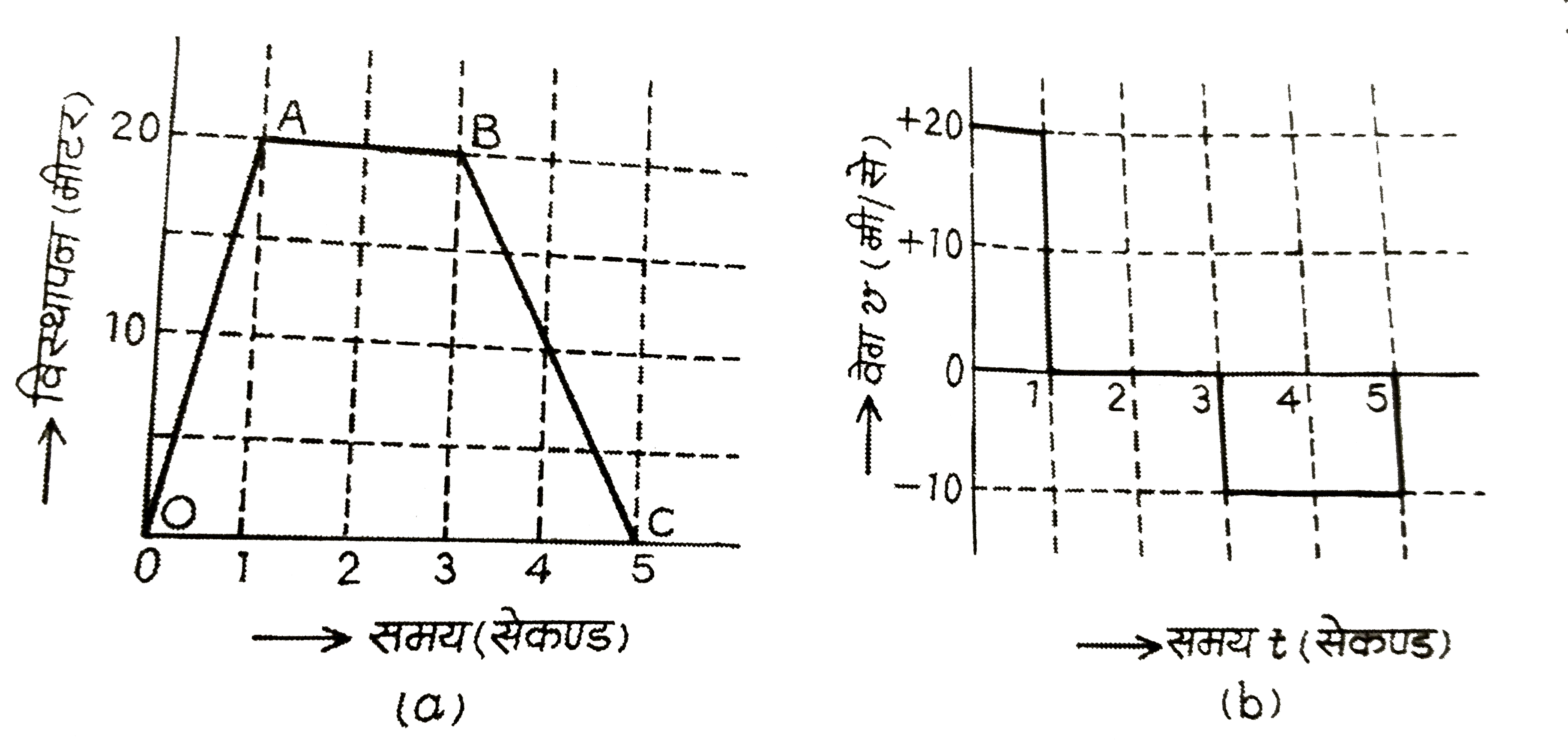Starting from rest and under constant acceleration an object covers 400 m.
What percentage of the total time will be required by the object to cover half of its path?Solution in Bengali
The correct Answer is:0.707
Step by step video, text & image solution for Starting from rest and under constant acceleration an object covers 400 m. What percentage of the total time will be required by the object to cover half of its path? by Physics experts to help you in doubts & scoring excellent marks in Class 11 exams.
Topper's Solved these Questions
- BOOK - CHHAYA PUBLICATIONCHAPTER - ONE - DIMENSIONAL MOTION EXERCISE - Problem Set - I (Based on Vertical Motion )11videos
ONE - DIMENSIONAL MOTION
- BOOK - CHHAYA PUBLICATIONCHAPTER - ONE - DIMENSIONAL MOTION EXERCISE - Problem Set - II (Based on Speed, Velocity and Acceleration )4videos
ONE - DIMENSIONAL MOTION
- BOOK - CHHAYA PUBLICATIONCHAPTER - ONE - DIMENSIONAL MOTION EXERCISE - Problem Set - I (Based on Speed, Velocity and Acceleration )10videos
ONE - DIMENSIONAL MOTION
- BOOK - CHHAYA PUBLICATIONCHAPTER - NEWTONIAN GRAVITATION AND PLANETARY MOTIONEXERCISE - CBSE SCANNER19videos
NEWTONIAN GRAVITATION AND PLANETARY MOTION
- BOOK - CHHAYA PUBLICATIONCHAPTER - QUESTION PAPERS OF NEET -2017EXERCISE - QUESTION32videos
QUESTION PAPERS OF NEET -2017
Similar Questions
A piece of stone is dropped from a height of 19.6 m. What will be the time required for the stone to cover the last metre of its path? [ g = 9.8 m.s−1]
08:59View SolutionAn athIete covers a circuIar path of radius 70 m in 55 s and returns to the starting point. Find the magnitude of his aevrage speed and averge velocity. If he compIetes the Iast 40 m of the path at the same rate in 4 s, find the vaIue of instantaneous speed and velocity in that intervaI of time.
01:19View SolutionA car moves with a speed of 30 km.h−1 in half of the total time taken and with 40 km.h−1 rest of the time, What is the average speed of the body?
02:41View SolutionWhat is the reason for absence of atmosphere in some planets?
03:21View SolutionA molecule of a substance has permanent dipole moment p . A mole of this substance is polarised by applying a storg electrostatic field E . The direction of the field is suddenly changed of 60∘ . If N is the avogadro's number the amount of work done by the field is
03:21View Solutionनिम्नांकित चित्र (a) में एक गतिशील वस्तु का समय-विस्थापन ग्राफ प्रदर्शित हैं । इसकी सहायता से इसका वेग-समय ग्राफ बनाइए और इस ग्राफ से समझाइए कि :

(i) वस्तु सबसे तेज किस समय-अन्तराल में चल रही थी ?
(ii) वस्तु ने कुल कितनी दूरी तय की ?
(iii) वस्तु का सम्पूर्ण विस्थापन कितना है?
(iv) आरम्भ से बिन्दु A तक वस्तु का त्वरण कितना है ?02:49View SolutionA particle covers 150m in 8th second starting from rest its acceleration is
04:38View SolutionStarting from rest and under constant acceleration an object covers 400 m.
(i) How far does the object move in half the time ?04:06View SolutionA body falls from rest. In the last second of its fall, it covers half of the total distance then the total time of its fall is
02:21View SolutionA body falls from rest. In the last second of its fall, it covers half of the total distance then the total time of its fall is
01:27View SolutionA body starting from rest moves with constant acceleration. What is the ratio of distance covered by the body during the fifth second of time to that covered in the first 5.00 s ?
03:25View SolutionShow that the area under the velocity-time graph of an object moving with constant acceleration in a straight line in certain time interval is equal to the distance covered by the object in that interval.
02:59View SolutionShow that area under the velocity-time graph of an object moving with constant acceleration in a straight line in certain time interval is equal to the distance covered by the object in the interval.
02:11View Solutionઅચળ પાવર આપતા એક બળની અસર હેઠળ એક પદાર્થ સુરેખ પથ પર ગતિ કરે છે, તો t સમયમાં પદાર્થે કાપેલ અંતર ..... પર આધાર રાખે છે.
02:36View SolutionA particle starts from rest and covers a distance on a straight path in direct proportion to the square of time elapsed. What can one conclude about its acceleration?
View Solution

